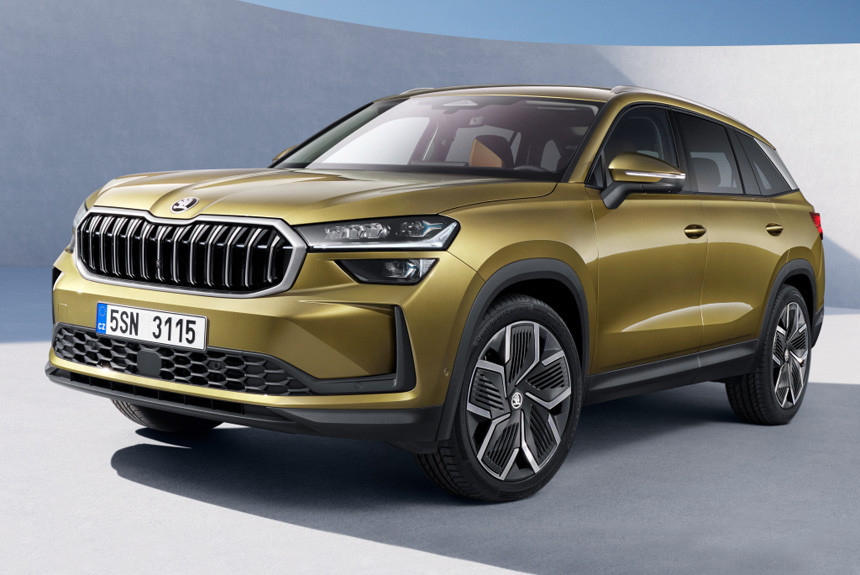
Less than three weeks have passed since the world premiere of the third generation of the most popular Volkswagen Tiguan crossover, as the light was seen by the related Skoda Kodiaq of the second generation. The first Kodiak lasted on the assembly line for seven years and during this time it sold 842 thousand copies — not so much by world standards, but its sales geography is much more modest than that of Tiguan. By tradition, Skoda told a lot of technical details in advance and showed the interior of the car, so the appearance remained the main secret.
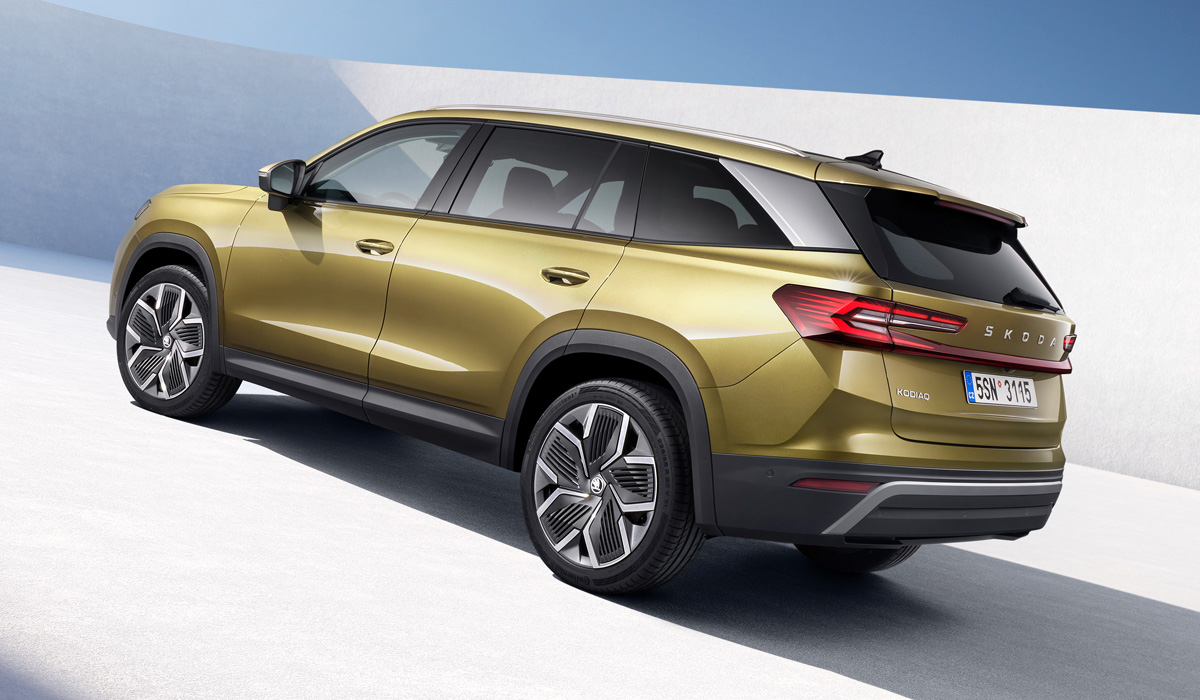
From the outside, Kodiaq does not stand out from the model range of the brand, the contours of the front are recognizable, the “two-story” optics are not only a tribute to today’s fashion, but also the development of the idea of the predecessor. The silhouette of the crossover has become more dynamic thanks to the ascending window sill line and a large chrome trim on the rear rack. The taillights are connected by a luminous strip. The drag coefficient was reduced from 0.32 to 0.28. The range immediately has a version of Sportline with a light sports decor.
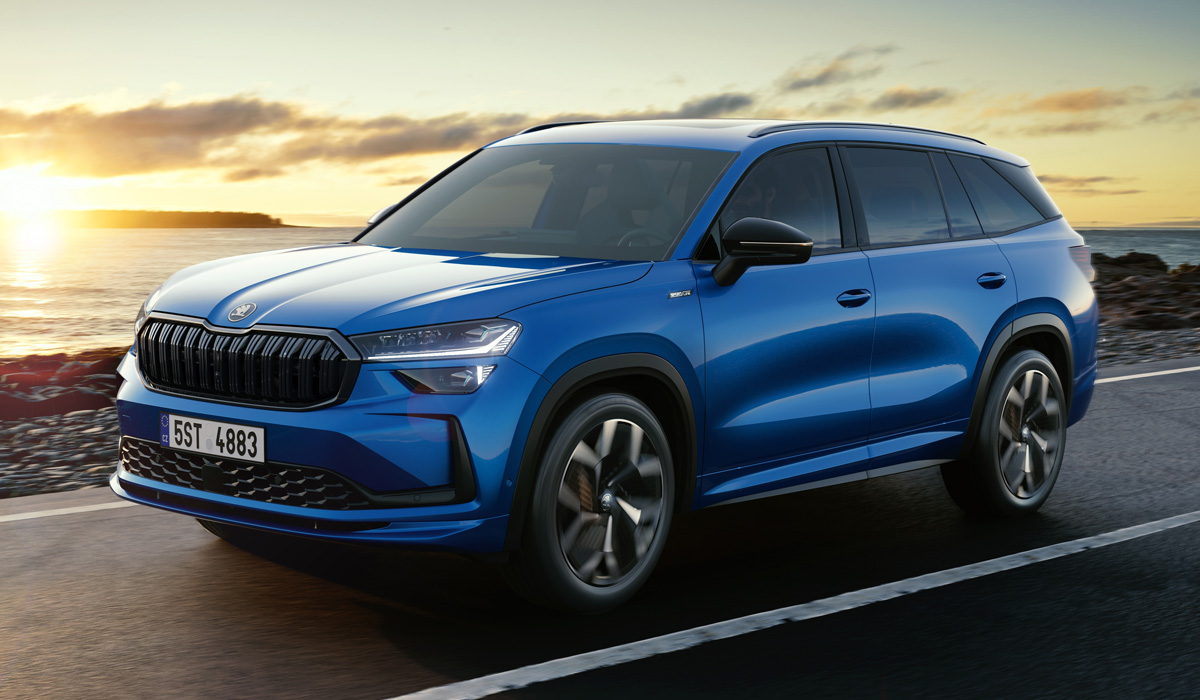
Skoda Kodiaq Sportline
With the transition to the second generation, the Czech crossover has changed slightly in dimensions: the length has increased by 61 mm (to 4758 mm), but at the same time the width, on the contrary, has become smaller, albeit by an insignificant 18 mm (now 1864 mm). In addition, Kodiaq has become lower by a symbolic 4 mm (1657 mm). The wheelbase has not changed (2791 mm). There are still versions with two or three rows of seats in the range, because about 40% of all Codiacs sold were seven-seater. The luggage compartment volume of the five—seater car has added 75 liters (up to 910 liters), and the seven-seater – 70 liters (up to 340 liters).
In the interior design, the designers followed the path of evolution: the “dumbbell” of the front panel is preserved, but the central tunnel is completely freed up under the boxes for storing small things. The dashboard is now virtual, on a ten-inch screen without a visor. The touchscreen of the media system can have a diagonal of 10 or 13 inches, depending on the configuration. As with other new Volkswagen group models, the transmission selector has moved to the steering column (Kodiak will no longer have “mechanics”).
The climate system unit deserves special attention. If the Tiguan has a touch screen (two stripes under the monitor on the front panel), then the Skoda ergonomists approached this issue more carefully and kept the rotating handles! However, they have built-in small screens. The central twister has several different functions at once (fan speed, audio system volume, mechatronic chassis modes, etc.), and the side ones are responsible for air temperature and seat heating/ventilation. To switch between functions, you need to press the handle itself and hold it for a couple of seconds. There are also no sensors on the steering wheel. Cruise control, as before, is controlled from a separate lever on the steering column.

Kodiaq remained on the MQB platform (in its latest Evo version) and is largely unified with other crossovers of the concern in terms of technology. Compared to Tiguan, Skoda’s motor range is reduced — instead of eight modifications, only five are offered. Front-wheel drive Kodiaks are equipped with either a 2.0 TDI turbodiesel (150 hp) or a 1.5 TSI gasoline turbo engine (150 hp), which is now supplemented with a 48-volt starter generator. All-wheel drive with a clutch on the rear axle is offered only with 2.0 TSI (204 hp) and 2.0 TDI (193 hp) engines. All these modifications have a seven-speed DSG “robot” with two clutches.
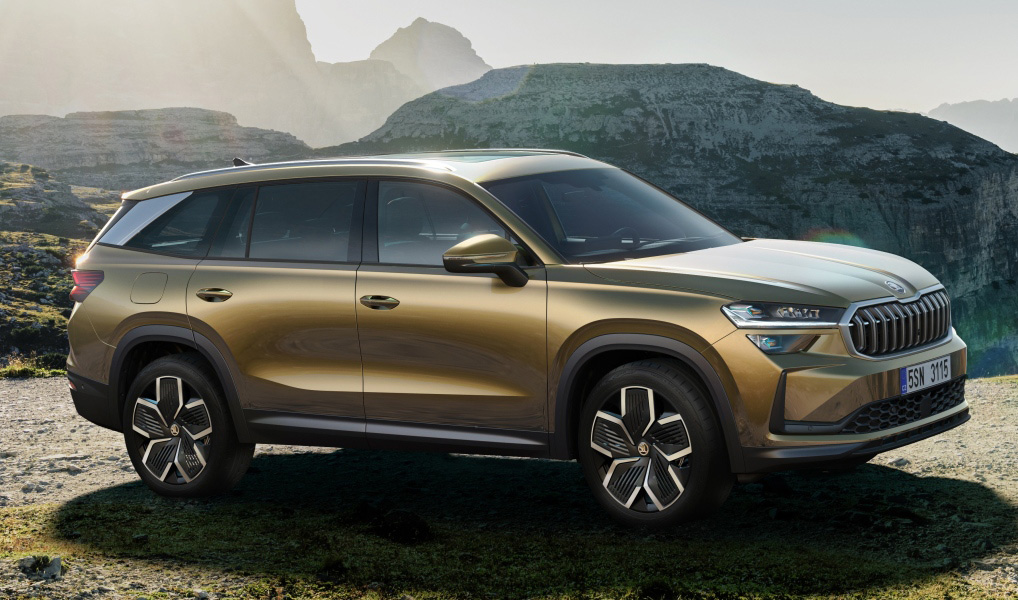
Also in the range for the first time appeared a rechargeable hybrid Skoda Kodiaq iV. The power plant is the same as that of the younger PHEV version of the Tiguan: a 1.5 TSI gasoline turbo engine (150 hp) works in conjunction with an electric motor built into a six-speed DSG “robot”. The drive is front—only, and the peak power of the system is 204 hp. A full battery charge with a capacity of 25.7 kWh should be enough for more than 100 km of mileage in electric mode. AC (11 kW) and DC (50 kW) chargers are provided. There is no information about the “hot” version of RS yet.
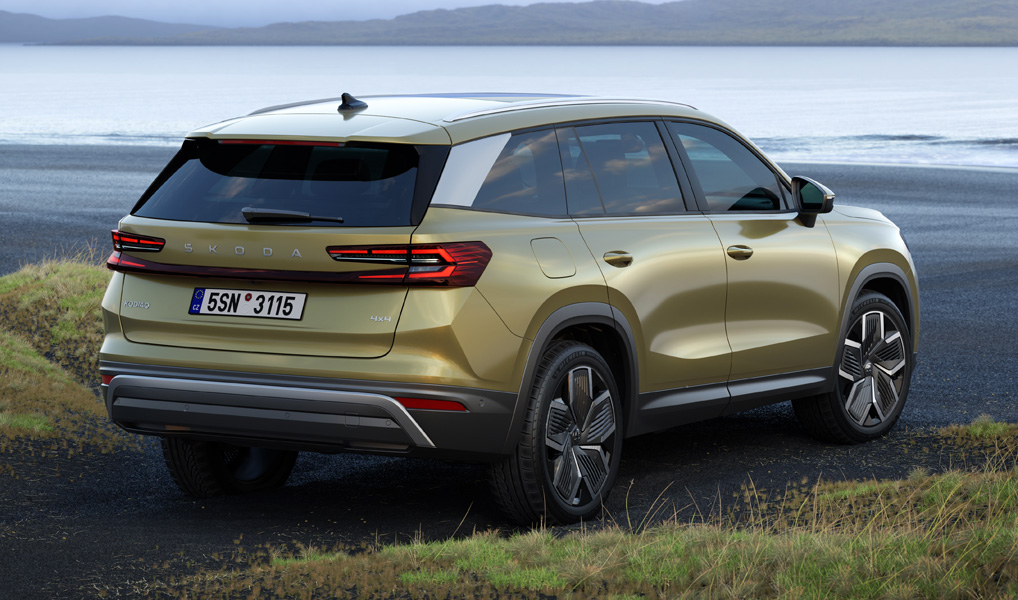
The new Kodiaq is due to enter the European market early next year, prices will be announced later, and order acceptance will open in December. The first-generation model in the basic version with a one-and-a-half liter turbo engine and front-wheel drive now costs from 39740 euros. Recall that very soon Skoda will also introduce a new Superb!